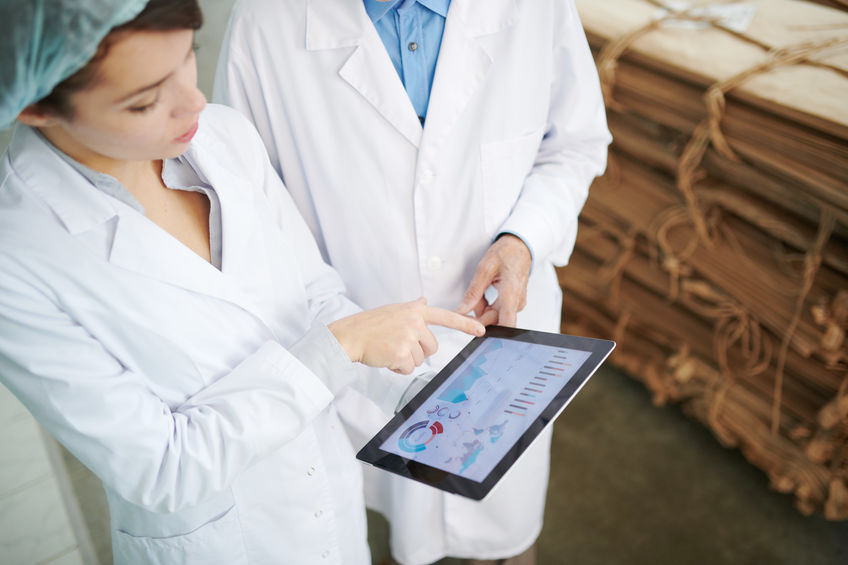Being responsible for quality assurance can come with serious concerns and worries. Worries like wondering if your employees can efficiently and accurately monitor the right temperature of perishable food and/or meet critical control points. 24/7/365? Antiquated QA systems can be part of the heartburn as well.
In my experience it’s not uncommon for food processing organizations to still rely on paper checklists and having to perform constant manual temperature check-ins. Making the current process extremely time consuming and error prone. There’s a better way!
Two Steps – Peace of Mind towards Quality Assurance.
Step 1. Manual to automated. We’re just human after all.
I know this blows your mind, but human beings are prone to error, even under the best of conditions. Fatigue and time pressures can further increase the odds of mistakes and oversights. Does it really make sense to rely on manual monitoring solutions?
Automating your temperature monitoring processes ensures that things happen on schedule and with less chance of error—and zero chance of human error. There are also some other benefits to this like:
- Automation can help to reduce the time spent doing manual checks, allowing your staff to perform more duties quickly and efficiently.
- A system that automatically records temperature and humidity and transmits data ensures that it’s easy to access (and all in one place) come audit time.
And then there’s this.
Power outages or technical problems may cause temperatures to rise above acceptable numbers putting food items at potential risk. When this happens, the problem may go undetected if there is not a solution in place that senses and alerts someone when temperatures fall outside acceptable parameters.
U.S. law imposes harsh penalties on meat processing plants that do not control the temperature of their refrigerated foods.
Protect yourself with:
- An automated monitoring system with effective alerting.
- A solution that allows access to real-time data.
Step 2. Paper to Digital. Kind of a no-brainer.
Going digital with your checklists is the best way to ensure that employees perform all the tasks required of them and that they have access to all pertinent data. Among other benefits, digital checklists can be accessed from any Internet-connected device, whereas paper-based types cannot.
- A well-designed digital checklist system will make it a breeze to monitor and track daily tasks.
- Digital checklists allow you to reduce expenses associated with paper while simultaneously lowering your impact on the environment.
- Look for a system that incorporates a variety of checklists including operational, self-auditing, cleaning, front of the house, back of the house, temperature, time, and warming/cooling logs.
Implementing the right digital quality assurance system, including automated temperature monitoring and tablet-based checklists can help improve your operation efficiency, save time and thousands of dollars. A well-designed system will pay for itself over and over again.
Resources:
https://compliancemate.com/2018/07/tips-for-proper-food-handling/?utm_source=food_manufacturing&utm_medium=influencer&utm_campaign=food_manufacturing_compliancemate_2019
https://www.manufacturing.net/article/2019/03/simplifying-quality-assurance-meat-processing-industry
https://www.law.cornell.edu/uscode/text/21/342

